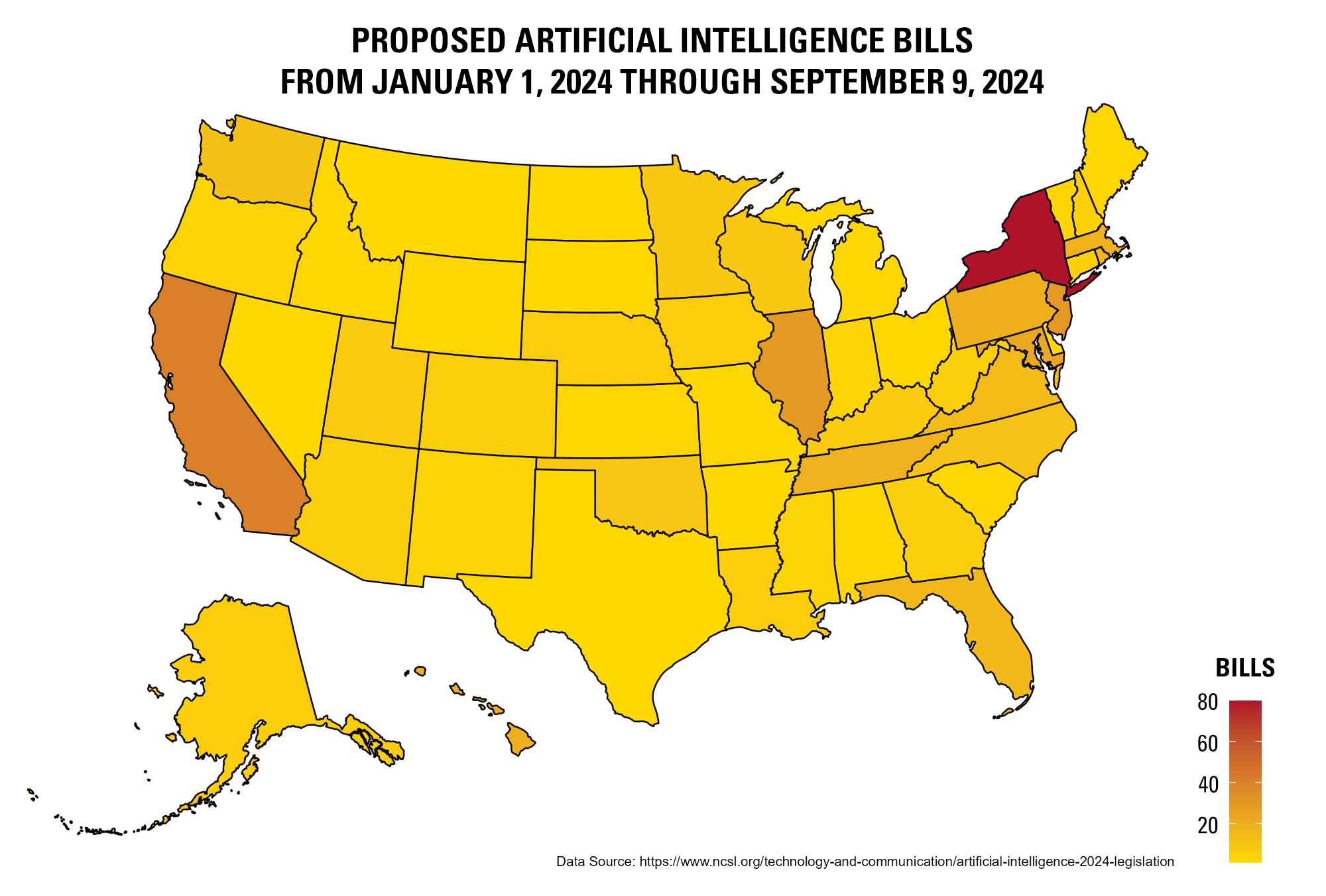USPTO issues new guidance on AI’s role in inventorship of patents
- February 13, 2024
- Snippets
On February 12, 2024, the United States Patent and Trademark Office (USPTO) issued guidance clarifying the role of artificial intelligence (AI) in the inventorship of patents. The document exhibits a nuanced approach to the evolving interplay between AI technologies and intellectual property rights. Authored by Kathi Vidal, the Under Secretary of Commerce for Intellectual Property and Director of the USPTO, this guidance is set to be officially published in the Federal Register on February 13, 2024, marking a significant step in the office’s engagement with AI-assisted inventions.
The 27-page document emerges as a direct response to growing discussions and deliberations over how AI’s contribution to the creative processes of invention intersects with the legal frameworks governing patents. This discourse has been shaped by calls for public comments, listening sessions, and directives such as President Joe Biden’s “Executive Order on the Safe, Secure, and Trustworthy Development of Artificial Intelligence,” reflecting a concerted effort to address the complexities AI introduces to traditional concepts of creativity and inventorship.
Central to the USPTO’s guidance is the affirmation that AI systems, regardless of their involvement in the creation of an invention, are not eligible to be listed as inventors in patent applications. This stance is rooted in the precedent set by Thaler v. Vidal, which explicitly states that inventorship is reserved for natural persons. Thus, contributions made by AI, even when instrumental to the inventive process, do not meet the legal criteria for inventorship.
The document stresses that all named inventors on a patent must be natural persons, drawing on the Thaler decision to highlight that both individual and joint inventors must meet this criterion. It specifies that patent applications identifying an AI system as an inventor or co-inventor will be flagged for improper inventorship, signaling a strict adherence to this principle.

Despite this, the guidance acknowledges the potential for AI systems to perform tasks that could qualify as inventorship if executed by humans. It clarifies that the exclusion of AI from inventorship status does not automatically disqualify the resulting invention from patentability. To aid in the determination of when human contributions to an AI-assisted invention merit inventorship, the guidance references the criteria established in Pannu v. Iolab Corp., emphasizing the necessity of a non-trivial contribution to the conception of the invention.
Addressing procedural aspects, the document highlights the duties of disclosure and reasonable inquiry regarding inventorship, encouraging transparency about the roles of humans and AI in the invention process. It also opens the door for USPTO examiners and other personnel to request detailed information on inventorship, ensuring that the inventors named on patents meaningfully contributed to the claimed invention.
The USPTO’s guidance does not close the book on the discussion of AI’s impact on patent law but rather marks a key moment in an ongoing dialogue. It also signals the office’s openness to future updates that might further elucidate the implications of AI on various facets of patent practice, including subject matter eligibility, obviousness, and enablement.


